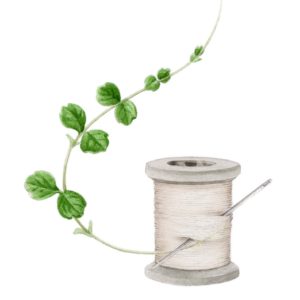Estimated reading time: 2 minutes
Picture a world where our garments are made of milk and our shoes from seaweed. Suston explains why biosynthetics just might be the future of apparel fabrics.
What are biosynthetics?
Biosynthetics are fabrics made, either partially or entirely, from biological sources such as plants. These plants, also called “1st generation” crops, undergo a chemical process that break them down into polymers (repeating chains of large molecules – think DNA). The polymers are then spun and woven into fabric.
What’s the main difference between biosynthetic textile and synthetic textile?
Typically, synthetic textiles like polyester and acrylic are made using fossil fuels. Though biosynthetics use biological materials instead of petroleum or natural gas, creating a finished fiber still requires a number of chemical tweaks – hence the “synthetic” in biosynthetic.
Why choose biosynthetics over other fabrics?
Biosynthetics provide the performance of man-made fibers with the renewability of natural fibers. This means that the textile is not only a technologically novel option but one that can theoretically provide a long-term solution that could effectively bypass the textile industry’s current heavy reliance on fossil fuels.
Are there potential downfalls to biosynthetics?
Due to its relative newness, ecological and economic evaluations on biosynthetics are limited – for instance, whether a material is recyclable and how scalable infrastructure for recycling could be developed. It’s also a textile that tends to use destructive mono-crops, and experts warn of its potential negative impact on the communities that depend on natural-fiber farming.
The upshot is that new technologies are being developed for commercial use that are aimed at repurposing industrial waste products and non-food resources like algae into textiles. With these advancements, along with the standardization of agricultural and social practices, biosynthetics’ benefit to society and industry looks promising.

Source: Textile Exchange













Sorry, the comment form is closed at this time.